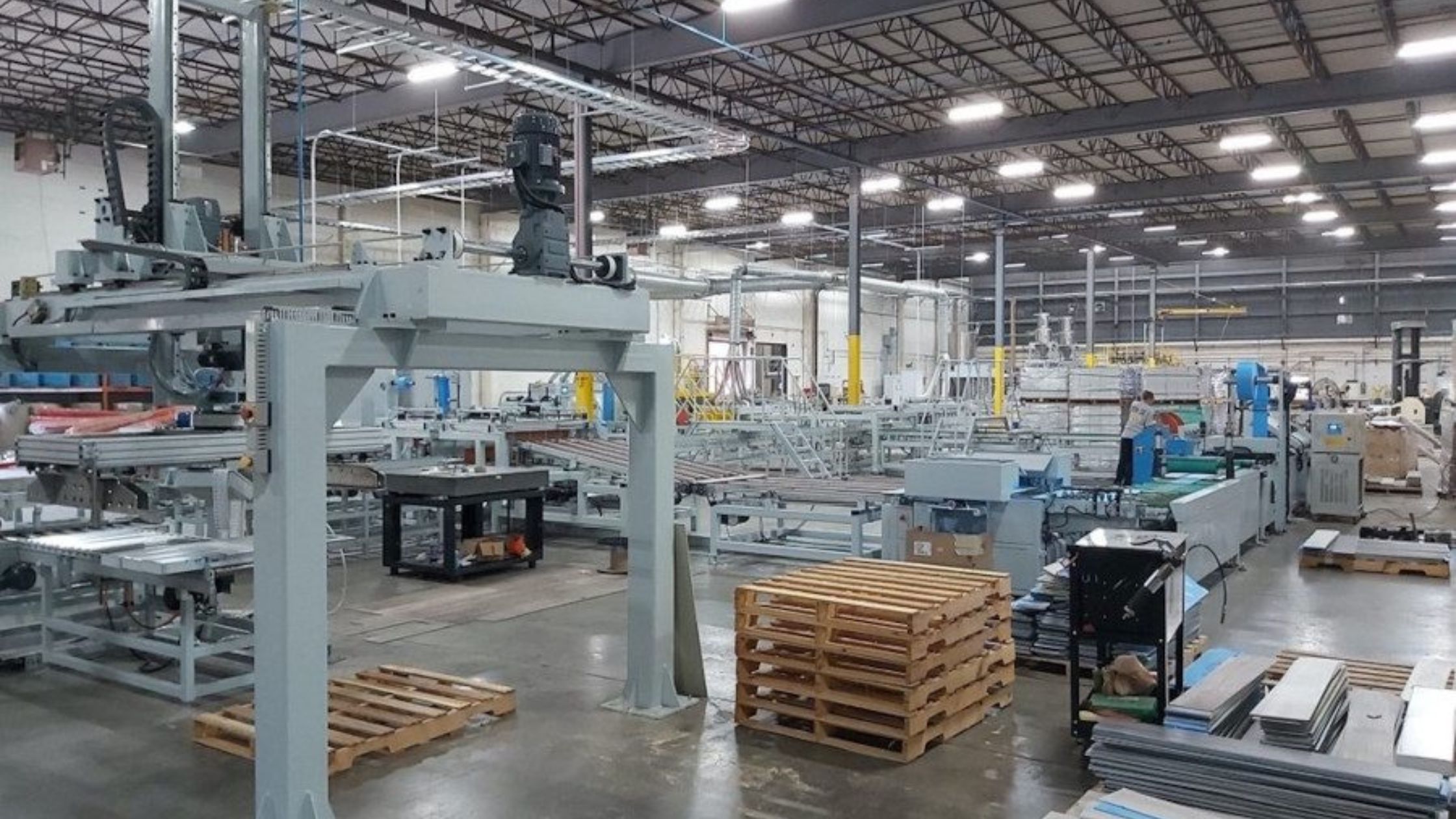Quality Control in Flooring Manufacturing: What Separates Premium from Standard

All flooring might look similar at a glance, but not all floors are made equal. The difference between premium flooring and basic, off-the-shelf options often comes down to one thing—quality control. It’s the hidden step that most buyers don’t see, but it plays a massive role in how flooring performs over time.
If you’ve ever dealt with warped boards, uneven textures, or finishes that wear out too soon, chances are the product lacked strong quality control. Let’s break down what top-tier flooring manufacturers do differently—and why it matters for homeowners, contractors, and designers alike.
What Quality Control Really Means
In manufacturing, quality control is more than just a final check before shipping. It’s a set of systems and checkpoints baked into every stage of production. From the raw materials to the final packaging, premium flooring goes through several rounds of testing, inspection, and adjustment.
Think of it like building a house. You wouldn’t wait until the paint dries to check if the walls are level, right? The same logic applies here. Reputable flooring manufacturers build quality into the process—not just the product.
Raw Materials: It All Starts Here
The road to premium flooring begins with the raw materials. A high-end flooring manufacturer doesn’t cut corners with low-grade wood, vinyl, laminate, or tile. Instead, they source materials that meet strict standards for consistency, moisture content, and density.
For example, hardwood planks made from slow-growth trees are denser and more stable than faster-growing alternatives. The same goes for vinyl—high-quality blends are more durable and resist fading, scratching, and warping.
Precision Engineering and Manufacturing Tolerances
In premium production, machines are calibrated to incredibly tight tolerances. That means every board, tile, or plank is cut to match exact specs, down to the millimeter. This level of precision ensures pieces fit together seamlessly, reducing installation issues and long-term problems like gaps or lifting.
On the flip side, standard flooring might have looser tolerances. That could mean uneven edges, poor alignment, or difficulty locking pieces together. Over time, these imperfections add up—not just visually, but functionally too.
Surface Treatments and Finishes
The finish on flooring isn’t just for looks. It’s the first line of defense against wear, spills, scratches, and UV damage. A trusted flooring manufacturer uses high-performance coatings that are tested for durability, adhesion, and chemical resistance.
Premium products may feature multi-layer finishes cured under UV light, making them stronger and longer-lasting. Lower-end options often rely on fewer coats or cheaper formulas that wear out quickly with regular use.
Moisture and Climate Testing
Temperature swings and humidity can wreak havoc on flooring if it’s not built to handle it. That’s why top manufacturers perform moisture and climate testing during production. These tests simulate real-world conditions—think summer humidity or dry winters—to ensure the product remains stable under stress.
Some manufacturers also test for dimensional stability, ensuring the flooring doesn’t expand, contract, or buckle with seasonal changes. Without these steps, even a beautiful-looking floor can turn into a mess within months of installation.
Final Inspection and Packaging
Before shipping, premium flooring undergoes a final round of checks. Each batch is inspected for color variation, surface quality, and overall consistency. Any flawed or off-color boards are pulled and recycled or repurposed—not packed up and shipped.
Even the packaging matters. Premium flooring is packed to minimize movement, moisture exposure, and damage during transport. That attention to detail carries through until the product reaches your door.
The Long-Term Payoff
At first glance, premium flooring might seem pricier. But if you factor in fewer replacements, smoother installations, better wear resistance, and longer warranties, the value becomes clear. It’s an investment—not just in materials, but in peace of mind.
Partnering with a trusted flooring manufacturer who prioritizes quality control is key. Whether you’re designing a luxury home or upgrading a rental, flooring that holds up under pressure saves you time, money, and stress in the long run.
Wrapping It Up
Quality control isn’t the flashiest part of flooring—but it’s the backbone of a great product. From sourcing and cutting to testing and packaging, every step adds up. The next time you’re comparing options, don’t just look at color swatches or marketing claims. Ask how it’s made and how it’s tested.
That’s where the real difference between standard and premium begins—and where your floor’s future is decided.


